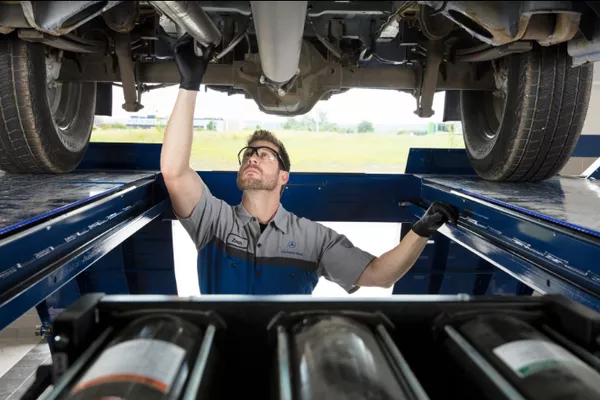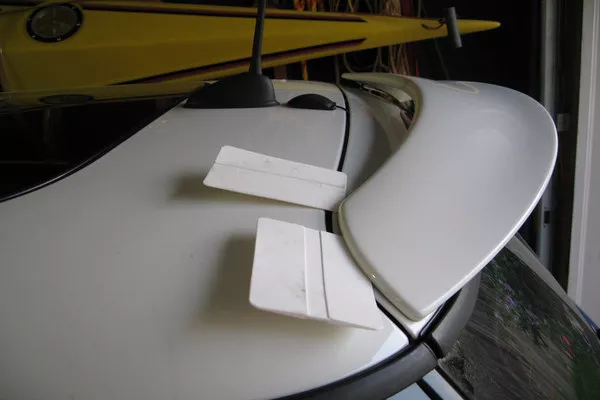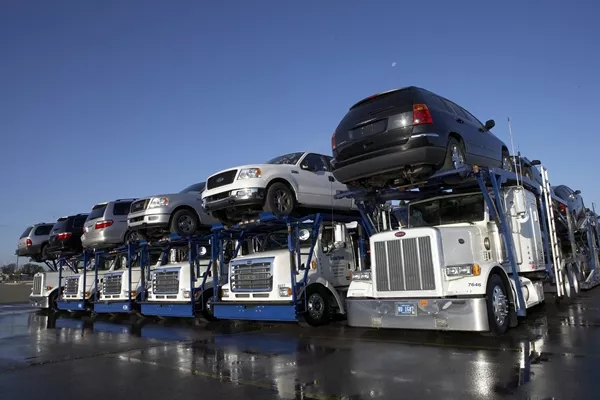Shipping a car isn’t an everyday task that most Filipinos have in their to-do list. That’s why not a lot of are aware of the process as well as the preparations necessary to be done before shipping the car. Deciding to ship your car will, of course, require quite an amount of money as well as paperwork.
With all the things you need to do just to get your car shipped, you may even forget to prepare your actual vehicle. Now, this may seem unnecessary but your car needs preventive maintenance just as much as you need to take care of the paperwork for its shipping.

Getting your car safe from point A to point B is the driver or cargo company’s responsibility
Getting your car safe from point A to point B is the driver or cargo company’s responsibility. However, anything that may get damaged inside the vehicle due to your lack of preparation will be entirely your fault.
So to prevent that from happening, Philkotse.com listed a few preventive maintenance tips that you should remember in case you ever need to ship your vehicle from one place to another:
Step 1. Give your car a thorough hose down
Washing your car will remove any debris and small particles of dirt that can cause scratches and minute damages to the car while in transit. Make sure that you clean the body thoroughly and don’t leave any dirty marks unless they’re scratches that need to be fixed.
After you clean your vehicle, make sure you address the wheels and make them look as spotless as possible as well. After that, simply dry your vehicle. Now you’re not only prepared for the second step, but you also have a squeaky clean car!

Make sure that you clean the car's body thoroughly
Step 2. Do a visual check on your car
Once your vehicle is clean and dry, walk around it and try to find scratches and damages like dents and irremovable grime. Once you’re sure you found everything, document them so you know which damage marks were there before you shipped the vehicle. You can write the info on a piece of paper, take photos or follow the instructions as advised by the cargo company.
- One tip on doing this is by listing down the damages like dents, scratches, chips, scuff marks, discolorations, etc..
- Then, take a photo and make sure you add a timestamp. You can do this by downloading apps on your smartphone if your default camera doesn’t have it as a feature. Also, consider taking close up shots of the damages so you’ll know if shipping somehow made it worse.
- Remember that the photos should be clear and high-quality. Take photos from different angles just to make sure you have photos of the whole car exterior.

Walk around it and try to find scratches and damages like dents and irremovable grime
Step 3. Get a closer look
Now that you’ve completed the first step of the inspection, you can now proceed to phase 2 – taking a closer look. Look under your car for a possibility of leaks or loose wires.
If you notice little defects, make sure you address them as soon as possible before you load the car into the cargo vehicle. You may also want to check for strong odors that could mean more fixing before you ship your car away.
Another thing you need to do is take note of your vehicle’s odometer. The only time that your car needs to be driven is when you drive it into the transporting vehicle and when it’s driven off of it again. If you notice any high changes in the odometer’s record then, someone may have been tampering with your property.

Look under your car for a possibility of leaks or loose wires
>>> Check out: 6 key things to remember when driving a towing car.
Step 4. Perform checks under the hood
Transporting the vehicle requires a few necessary steps to be taken. This will make sure that your vehicle stays in good shape while en route. Follow this short list of what you should consider doing before loading up your vehicle to cargo.
- Check the vehicle’s fluids – This includes the brake fluid, the oil fluid, the power steering fluid, the windshield washer as well as the engine coolant.
- Make the vehicle’s battery is fully charged – This is to make sure that it’s ready to use whenever you need to once it arrives at its destination.
- Inspect the tire pressure –Make sure that the tires are either underinflated or over-inflated. You may think that having overinflated tires will be good since your tires may lose air while in cargo, but this is actually as bad as leaving your tires underinflated.
- Remove the gas – Leave the tank with gas that’s about ¼ to 1/8 full.

Check the car parts under the hood
Step 5. Secure the vehicle’s interior
Protecting the interior should be one of your main concerns when you’re about to transport your vehicle. Although your car will be guaranteed “safe” by the cargo company, you may still need to take some precautions just so you don’t surprise yourself the next time you see your vehicle.

Uninstall removable parts such as car spoilers
Remove and uninstall all removable parts that could be knocked off while in transit. These parts are usually those that are protruding and could hit the walls of the truck or the cargo vehicle.
This can fall off or break off which can be really frustrating. Some of these parts are the side mirrors, luggage racks, retractable antennas, and spoilers. If your vehicle is a convertible, make sure that you also cover the top just to make sure that it's protected.
>>> You might concern: 5 must-know tips for a cleaner and well-organized car interior.
Step 6. Remove your personal items from the vehicle
Remove any of your belongings that could either be important or may make the interior look messy. Messy items could be wrappers, trash bins, pieces of paper and while important items can be smartphones, receipts, documents, laptops, a GPS, a car charger and so on.

Remove any of your belongings that could either be important or may make the interior look messy
Removing personal items in the interior decreases the chances of attracting prying eyes. Also, since your vehicle will move around a bit while in transit, you will also decrease the chances of breaking your gadgets and belongings.
Step 7. Talk to the driver
One other way to decrease the chances of getting your car damaged while in transit is by merely talking to the driver who will transport your vehicle. You can make a list of any mechanical problems and handling instructions so your car arrives at Point B in one piece – so to speak.
Recent posts
- How to prevent rust on your car during rainy seasons Aug 17, 2022
- Safe driving: 7 tips on how to stay safe around trucks Aug 16, 2022
- Car maintenance: 3 things you should never do with a brand-new car Oct 16, 2020
- Be Well-Informed: Facts About Road Accidents in the Philippines Nov 30, 2024
- Towing Guidelines MMDA: Know the Law and Your Rights Feb 14, 2020












